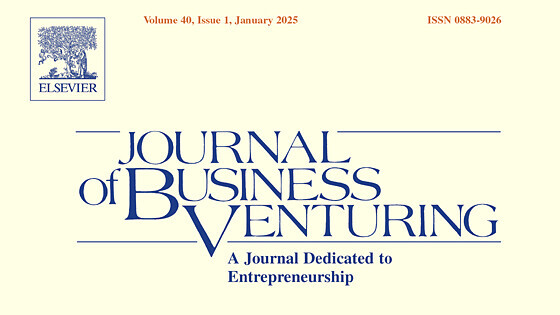Magnus Schückes publishes article on venture capital

This study explores how corporate venture capital (CVC) units can be configured to effectively achieve innovation performance and succeed amidst the tensions they face at the intersection of the corporate and venture domain. Using a fuzzy-set qualitative comparative analysis (fsQCA) of 30 dedicated CVC investment arms, we analyze how successful units configure their internal arrangements in response to these tensions and generate various innovation outcomes for their parent organizations. We identify four different solutions for effective CVC unit configurations, highlighting that explorative and exploitative innovation success require different setups. Moreover, we find that more mature and explorative CVC units distance themselves via buffering from their corporate sponsor, while at the same time increasing their efforts to maintain deliberate connections via bridging to representatives of the very same corporate environment they stem from. For ambidextrous CVC units, a more dynamic setup that allows corporate leadership to selectively initiate collaboration with the corporate core when beneficial while facilitating distancing at other times proved successful. Our study contributes new evidence and theory on how CVC units can navigate tensions and balance competing demands at the interface of the corporate and venturing domains.